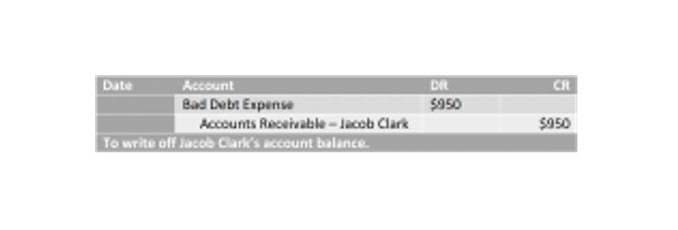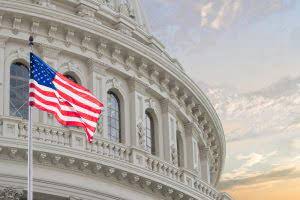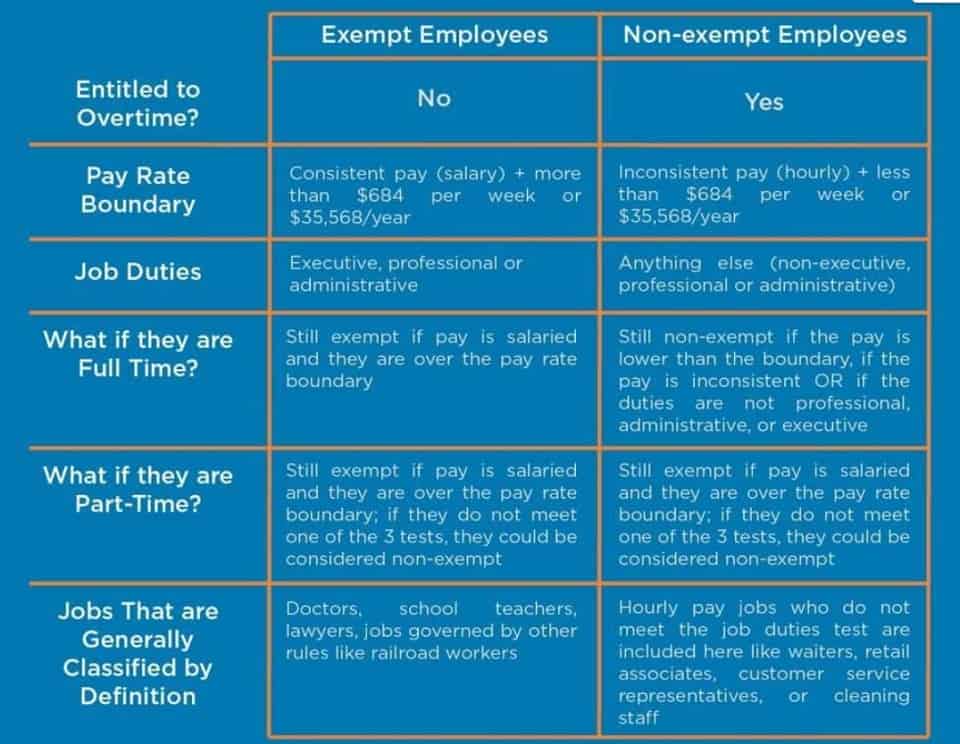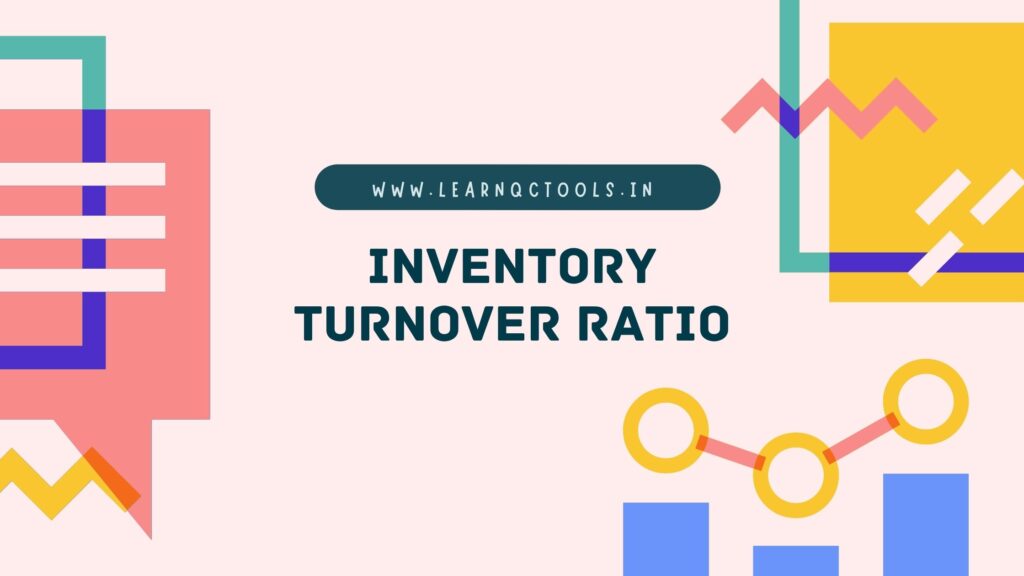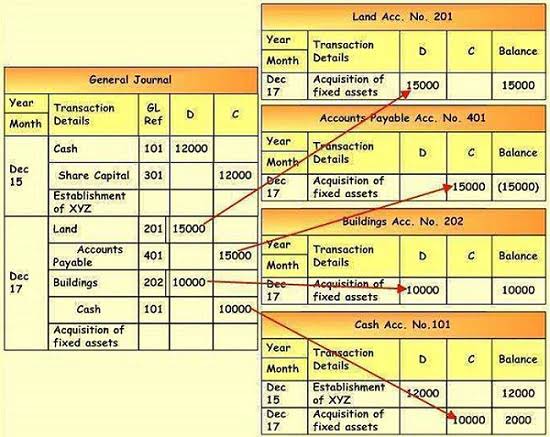
The GL provides a comprehensive view of the organization’s financial position and generates accurate financial statements. Your finance team can use R2R automation software to analyze trends and make data-driven decisions. Real-time dashboards and customized reports provide a comprehensive view of financial performance. It enables your organization to respond swiftly to changing market dynamics. To execute the second phase of the cycle, the accounting team will use the data gathered and organized in the first phase to produce various reports. These can include balance sheets, cash flow statements, and income statements.

Common questions about recordkeeping for small businesses
- We want our readers to share their views and exchange ideas and facts in a safe space.
- Real-time dashboards and customized reports provide a comprehensive view of financial performance.
- Monitor key performance indicators, like process cycle time and reconciliation completeness.
- Without action, they warn that foreign investment in China could continue to decline.
- As important and helpful as the record-to-report process is to the business, it also can be challenging.
We have helped accounting teams from around the globe with month-end closing, reconciliations, journal entry management, intercompany accounting, and financial reporting. Journal entries and adjustments in the process are necessary to record and reflect the financial transactions accurately in the accounting system. Journal entries capture business transactions, https://www.bookstime.com/ while adjustments ensure that financial statements align with accounting principles and reflect the actual financial position of the organization. The R2R process in finance and accounting is the backbone of financial reporting and analysis across organizations. It involves capturing, processing, and presenting financial data in a structured format.

Data processing and transformation
These technologies can process large volumes of financial data and provide valuable insights for decision-making. Maintaining accurate and reliable data can be challenging due to data entry errors, unreliable data sources, and manual What is Record to Report processes. Your finance team can seamlessly track financial data throughout the process with the help of standardized procedures. Improved visibility enables quick identification of discrepancies and effective risk management.
- Without a robust process, gathering financial data from these entities would be a herculean task.
- This stage, often called the reconciliation and validation stage, entails reviewing the recorded transactions and classifying them into relevant groups.
- A review by the National Academies of Sciences finds that there is “overwhelming evidence” that children who grow up in poverty have worse outcomes along a variety of dimensions of success.
- A very warm August wrapped up an extremely hot summer across the U.S., with many cities breaking all-time heat records.
- They collect all the information needed to produce financial statements and management reports from various sources, such as journal entries, general accounting activities, and procure-to-pay cycles.
- It also frees up valuable time for finance professionals to focus on value-added activities.
What is Record to Report (R2R) Process: Benefits and Steps
Our solution has the ability to prepare and post journal entries, which will be automatically posted into the ERP, automating 70% of your account reconciliation process. In general the Record to Report function is not engaged in processing transactions, but rather the aggregation of existing data in computer systems to enable meaningful performance reporting to be prepared for management. However, the R2R function may be a part of a broader accounting department. Suppose ABC Inc. embraces cloud-enabled technology to streamline its record to report (R2R) process. This has facilitated the digitization and automation of various aspects of finance departments’ monthly, quarterly, and annual record to report (R2R) process. This effort has primarily focused on automating the early stages of the R2R period close, leading to quicker derivation of trial balances.

The procedures adopted will also comply with the usual standard accounting procedures. This ensures that reality is portrayed and necessary corrective actions can be taken. Feedback helps in analyzing the management’s efficiency through its acquired experiences. The progress achieved by the business is assessed and compared with the overall market performance. It allows stakeholders and senior management to see how closely their expectations match reality. R2R automation also enables advanced financial analysis with the help of technologies like data analytics, artificial intelligence, and machine learning.
How should businesses record transactions?

